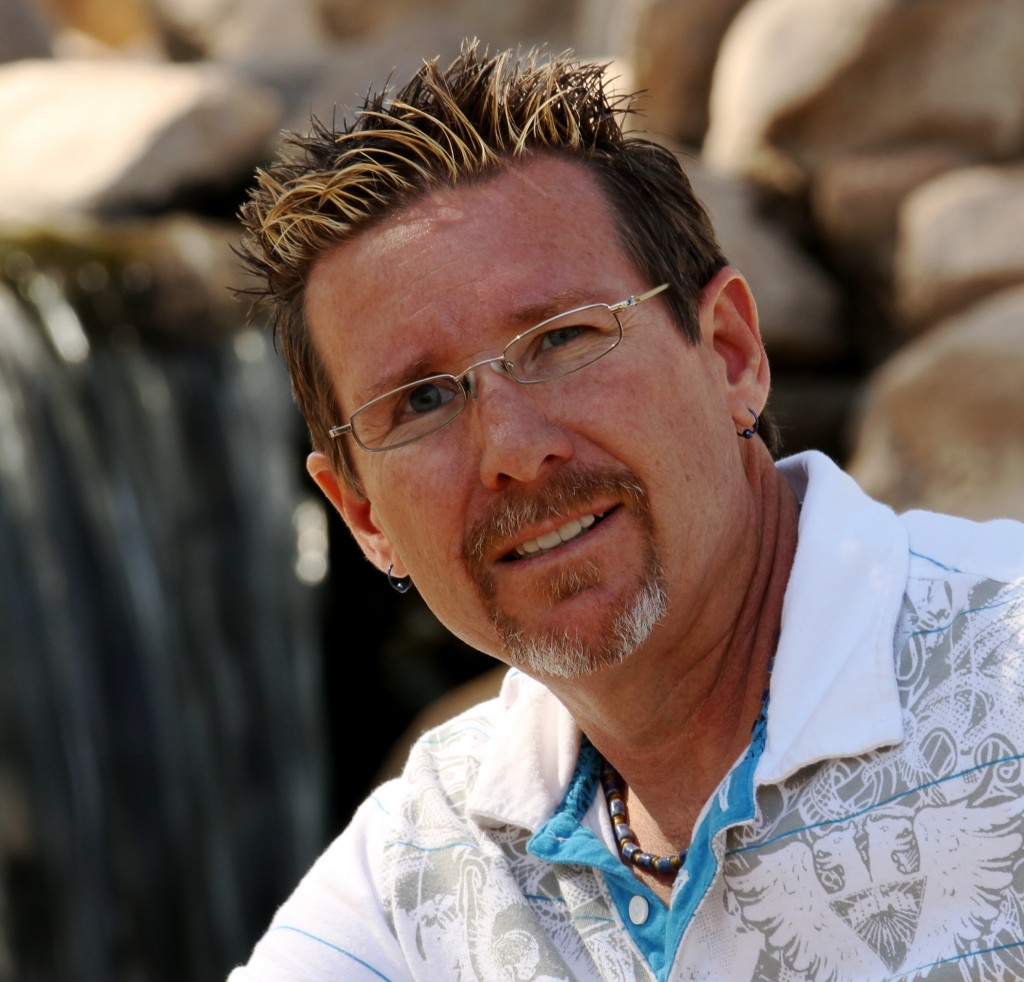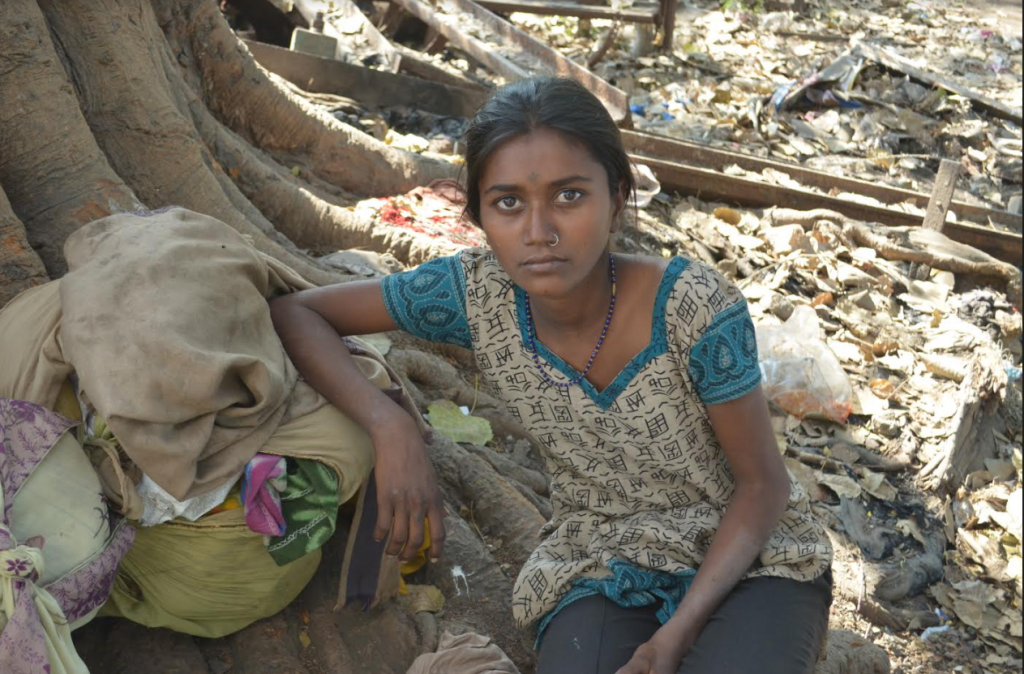‘It’s a girl’
Evan Grae Davis’s new film entitled It’s a Girl has been a great success since its launch in September 2012. The film has hit a nerve amongst those in India and China advocating dignity and equality for women. Indeed the film has become part of a campaign on Twitter and Facebook which has “gone viral” – to use the language of social media networks. Meanwhile, the film has been screened for lawmakers in Europe and is enjoying great success with universities and NGOs in the battle to end gendercide. WomenTalkOnline’s reporter Roma Rajpal had the opportunity to speak to director Evan Grae Davis.
DW: How did you come up with the idea of the film?
Evan Grae Davis: Over the last 20 years I have been travelling the world filming, capturing stories of human need or humanitarian aid and development, non profit NGO’s and over that span questions arose over and over again like: What can lead a family in Cambodia to sell their daughter into sex slavery to feed their other children? What are the cultural mind-sets in the way of thinking that allow for these kind of injustices around the world. I wanted to make a documentary about that.
What was your vision when you set out to make the film?
We had set out to produce a documentary exploring the cultural roots of social injustices. We set out in 2008 to produce the film and we travelled to a number of different countries capturing stories and one of the things on our list was sex selection, this practice of devaluation of girls. We had seen some statistics and heard that this was occurring in India and China, so we travelled toIndia and began capturing some stories and our team was so taken aback by the scale of the problem there. We had no idea that it was occurring on such a scale and that it was increasing. We figured that this is probably something that happened much more often in the past and is getting better as economic outlooks improve and as countries develop, people would think more progressively. I was so struck by the fact that it is steadily getting worse and is happening on such a scale still today. We looked around and found really nothing on the issue. No one seemed to be talking about it. That’s when we decided that our film needs to be dedicated to the issue of gendercide. The objective of the film was to give a voice to the people ofIndiaandChinato talk about their cultural challenges and problems.
As the director what was your goal with the film?
I went into this process with a strong sense that this is a social injustice that must end and this film is designed to educate and mobilize towards that end. With this film I tried defending my wife and daughter from an abuse and a devaluation that I could not possibly imagine. As a filmmaker I took it upon myself to consider the women of India and China as my wives and daughters in a way. They need someone to defend and protect them. As a filmmaker I lend them my voice because if I can do that then I can persuade the world to do the same and then maybe we can change this and bring about a cultural shift where women are valued and have the ability to determine their destiny.
How did you collect funds for the film?
I have been privileged to connect with a number of donors and funding sources over the years for the other work I have done. People that really believe in using the modern communication tools that we have to try and meet the need around the world to make a difference, to change the world and do good. And these donors saw the mission for this need to tell this story and they supported us. We are still looking for funding for marketing and distribution so that we can take the message to the farthest corners.
What sort of obstacles did you face while you were making this film?
For a documentary film like ours, naturally our desire was to capture stories of people that were experiencing in this case sex selection, the devaluation that comes with the patriarchal culture there, all of the different expressions of gendercide, from female foeticide, infanticide to the high mortality rate of girls under the age of 5 compared to boys, to dowry violence, and in China to the nature of the one child policy, forced abortions & forced sterilisations there. The greatest challenge was how to get the people to share it with us, particularly when you are asking sometimes for them to share about why they are taking the lives of their own daughters, to understand that people may not be willing to talk about that. In China its even more sensitive because of the risk that we put these women and families at if they shared their stories.
What went inside your head when you interviewed people?
As filmmakers my questions were: Why is this happening? What would allow a woman to be able to justify this in her own heart? We must understand that this is driven by the patriarchal culture but yet these women are participating in taking the lives of their daughters. Mothers-in-law are propagating this practice and forcing their daughters-in-law to have abortions. It was extremely shocking. I did have a hard time not reacting with “What? How could you do this?”. It was difficult during those conversations to temper my reactions and just continue asking questions. I spent half a day with this particular woman who told me her story. At the age of 15, she was given as a second wife to her sister’s husband because her sister could not bear him any children. It was her sole purpose in life to bear her husband a son. That was what brought her name within the cultural context of the society. She was relegated to being this baby making machine in this arranged marriage. She is the product of her environment. Yes, it is a horrific thing to do, to kill eight of her children but yet this is the only way that she could save her daughters from having a terrible destiny. I understood what these women are up against in their own plight. They are as much victims as they are perpetrators.
Do you think that such a deeply engrained cultural practice can ever change?
There are examples where socially injustice practices were deeply engrained in the fabric of a society and the world community demanded a change such as in Africa, where the world community rose up and said this is unacceptable to have racism and enough pressure was brought on the South African government that they changed. I believe that when the government, officials, the leaders of the medical community, the parents and grandparents within a family structure stand up and say that this is a standard of justice that we are going to advance in our own small society, whether it is family, whether it is the laws of the land or the nation, when the people in authority establish such standards in a judicial system then I believe that the social fabric changes and justice happens.
What are you currently working on?
We are in the middle of our international screening campaign. Our desire is to mobilize and educate people. Part of this action campaign is starting these conversations. The film is a conversation. We see it is as an opportunity to get people thinking about the issue. First of all educating them about what it is and why is it happening, then coming together as a world community and looking at possible solutions. I guess that is what the exercise is all about.
What needs to be done concretely for things to change?
In India there are laws on female foeticide, sex selection is illegal, yet the medical community is implicitly guilty. Since there is money involved, government officials have not been enforcing these laws and as a result the practice continues. The laws need to be enforced on a level that it becomes risky to have ultrasounds, sex selection listing and abortions.China needs to end the one child policy. It has been proven that it is not necessary. China is approaching a fertility rate that is going to put China into a lot of trouble in the future economically and demographically.
We as the world community need to unite and bring about a change in these cultures and compel them to value women and end injustice towards them. We need to see how we can work together, work out solutions. Let us listen to the Indian and Chinese people who are at the forefront of bringing change within their own cultures and ask them how we can support them to bring about this change and to give them the kind of support and voice that they need to accomplish that.
Interviewer: Roma Rajpal
Editor: Grahame Lucas






